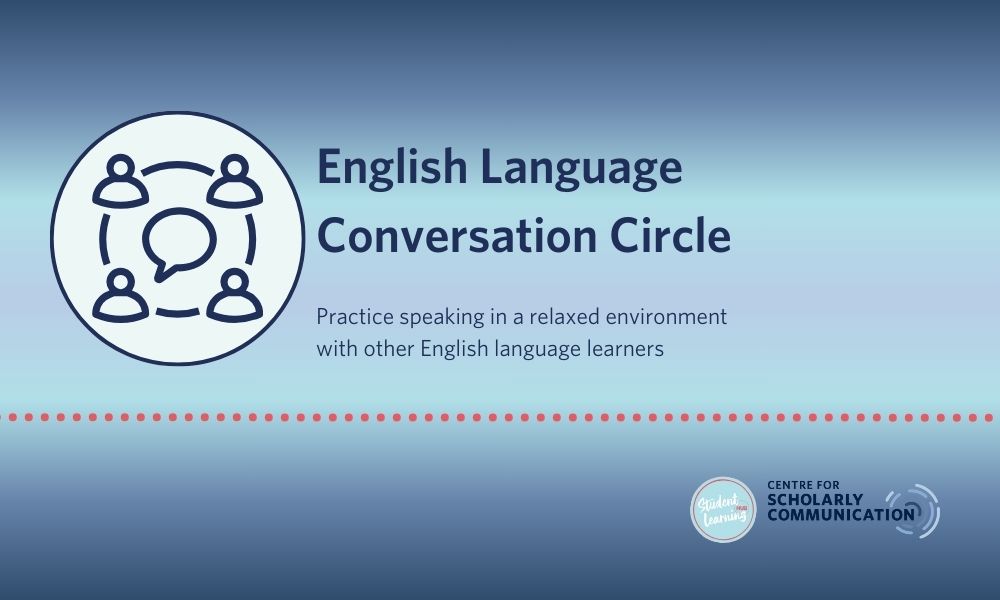Researcher Drop-Ins with the CSC, featuring Research Computing and the UBCO Research Data Hub
Library Building (LIB) 3287 University Way, Kelowna, BC, CanadaResearchers, meet your Okanagan research support team! Come join us to connect with friendly faces who are always there to support solutions for your scholarly communication and digital or data-intensive research needs.




